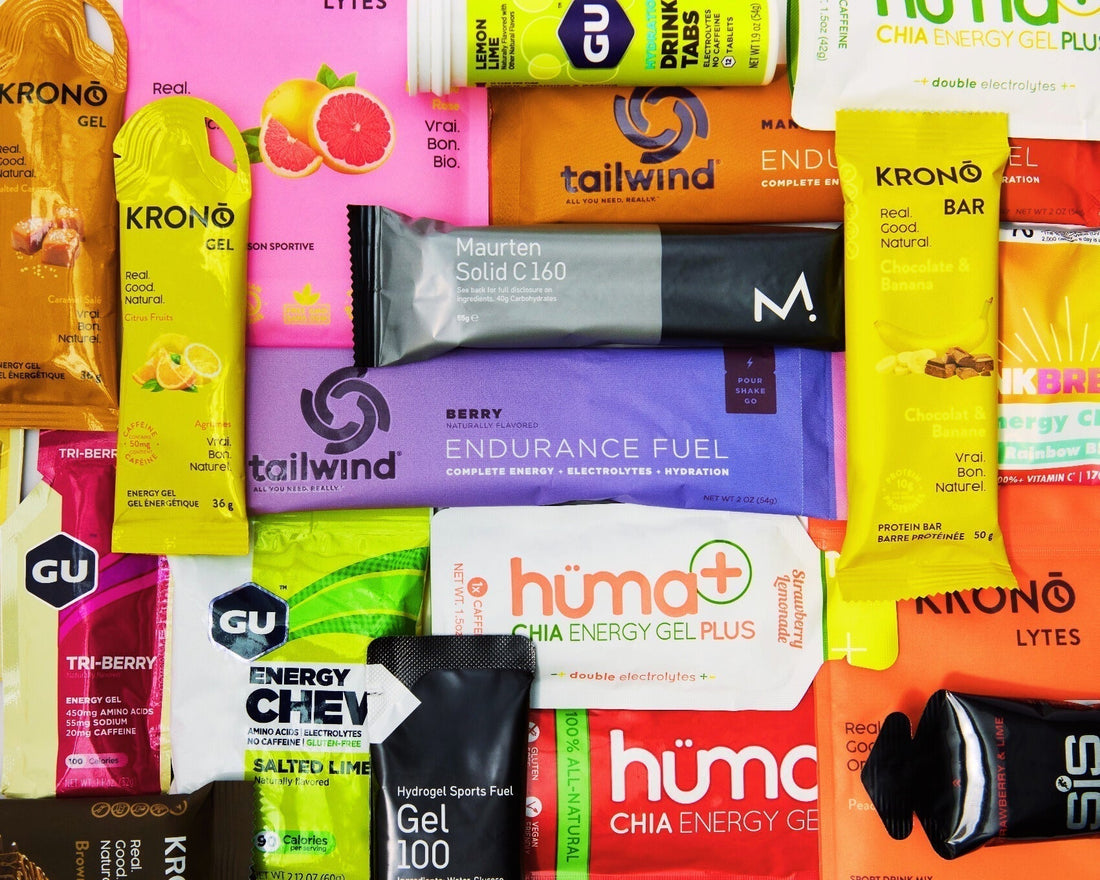
Why Do Gels Upset My Stomach?
Share
If you've ever had stomach cramps, bloating, or the dreaded mid-race "gut bomb" after taking an energy gel, you're not alone. Endurance athletes on community forums and in race communities bring this up all the time, and even sports nutrition dietitians agree: fueling isn't just about what you eat, but how your body handles it.
Let's break down the main reasons gels can cause stomach issues- and how to manage them.
1. Digestion During Exercise Changes
When you're running, cycling, or racing hard, blood is redirected yo working muscles- not your digestive system. This makes your gut more sensitive. High-sugar gels hit the stomach fast, sometimes overwhelming absorption. Dietitians often note poor timing (too much gel at once, or not enough water) is one of the biggest culprits.
2. Osmolality Matters
A term that often comes up in both sports nutrition articles and athlete forums is osmolality- basically, how concentrated a drink or gel is compared to your body's fluids.
- If a gel is too concentrated (containing a lot of sugar with little water), your stomach pulls fluid from the body to dilute it.
- This flow of fluid into your gut can cause bloating, cramping, or even dehydration.
Some endurance athletes even build shared spreadsheets comparing gels by osmolality to troubleshoot stomach distress.
3. The Role of Chewing & "Gut Training"
Solid or semi-solid fuel (such as chews, bars, or even potatoes- popular among ultrarunners) can sometimes be easier to handle because chewing initiates digestion in the mouth. Gels skip this step, dumping concentrated carbs directly into the stomach.
That's why many sports dietitians recommend "gut training": practice with gels or your race fuel during training, gradually increasing carb intake so your digestive system adapts.
4. Never Try New Gear- or Fuel- on Race Day
The old rule applies to food as much as it does to shoes: race day is not the time to experiment. On running and triathlon forums, countless posts boil down to: "I grabbed a free gel at mile 15 and instantly regretted it."
Stick with the products you've practiced with in training. If you're curious about a new gel or drink, test it on long runs or rides well before race week. We're biased of course, but here at Fuel Kit we suggest trying one of our training kits ahead of race day.
Practical Tips to Reduce Stomach Issues
- Take gels with water, rather than sports drink, to avoid sugar overload.
- Space fueling- typically one gel every 20-30 minutes for endurance events.
- Experiment with different brands; some use glucose + fructose blends that absorb more efficiently.
- Train your gut just like your muscles- introduce carbs gradually in workouts.
The Bottom Line
Energy gels upset stomachs because they're dense, fast-digesting carbohydrate sources that can overwhelm your gut- especially during race stress. Osmolality, hydration, chewing, and practice all play a role. Read more about choosing your optimal carb targets in our previous blog. Or, learn from the shared struggles of the endurance community and advice from dietitians: fuel in training, hydrate smartly, and never gamble with new gels on race day.
_______________________________________________________________________
Written by: Ashley Leone, RD, MSc, IOC. Dipl. Sport Nutr
Ashley is a sports and performance dietitian and the Founder of Fuel Kit and the Owner of Gazelle Nutrition Lab. Ashley has been a dietitian for over 25 years and holds a Master of Science degree from the University of Toronto, as well as a Diploma in Sports Nutrition from the International Olympic Committee.

